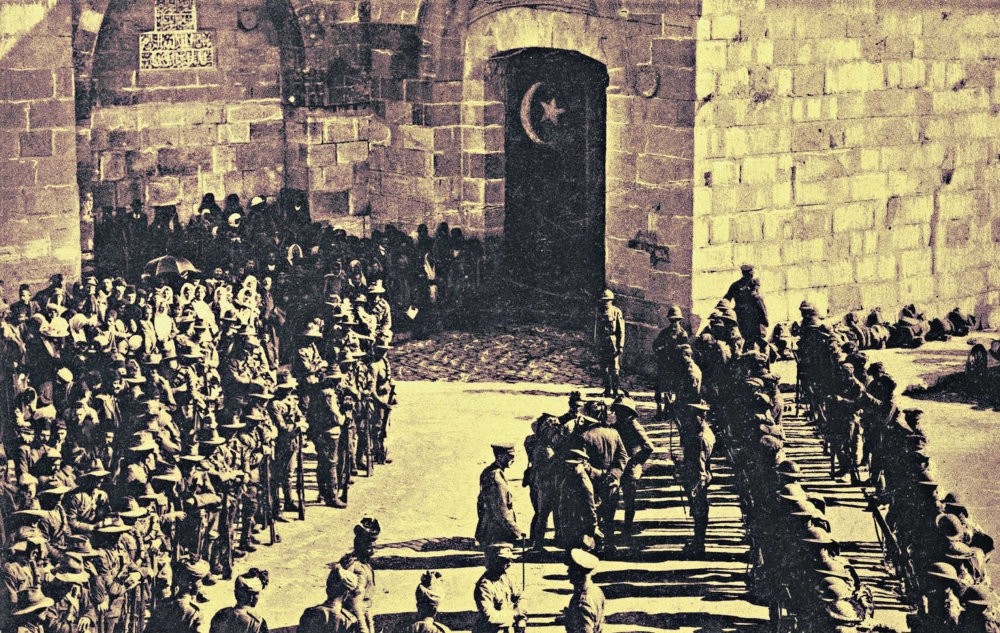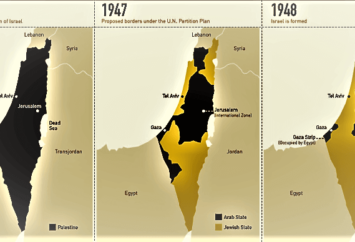For centuries, the region was relatively peaceful under the rule of the Ottoman Empire. From 1517 to 1917, Palestine was part of the Ottoman province of Greater Syria, along with modern-day Syria, Lebanon, and Jordan. Under Ottoman rule, a diverse population of Muslims, Christians, and Jews lived in the region. While the empire’s administration was not without its challenges, this period saw a relative coexistence between these religious communities.
The population of Palestine at the time was predominantly Arab, with a small but significant Jewish community, especially in cities like Jerusalem, Hebron, and Safed. Jewish immigration to Palestine during this period was limited, though some Jews continued to move to the region, drawn by religious significance.
The Ottoman Empire allowed local governance to operate under its decentralized structure, and local leaders maintained some autonomy. The empire collected taxes and maintained order but did not enforce a heavy-handed system of control over daily life. This relative peace, however, masked the simmering tensions that would arise as the empire weakened and external forces began to influence the region.
By the late 19th century, the Ottoman Empire was in decline, and European colonial powers, particularly Britain and France, began eyeing the region for control. These changes set the stage for growing nationalism among both Jews and Arabs, who were increasingly seeking to assert their identities in the face of European interference.




